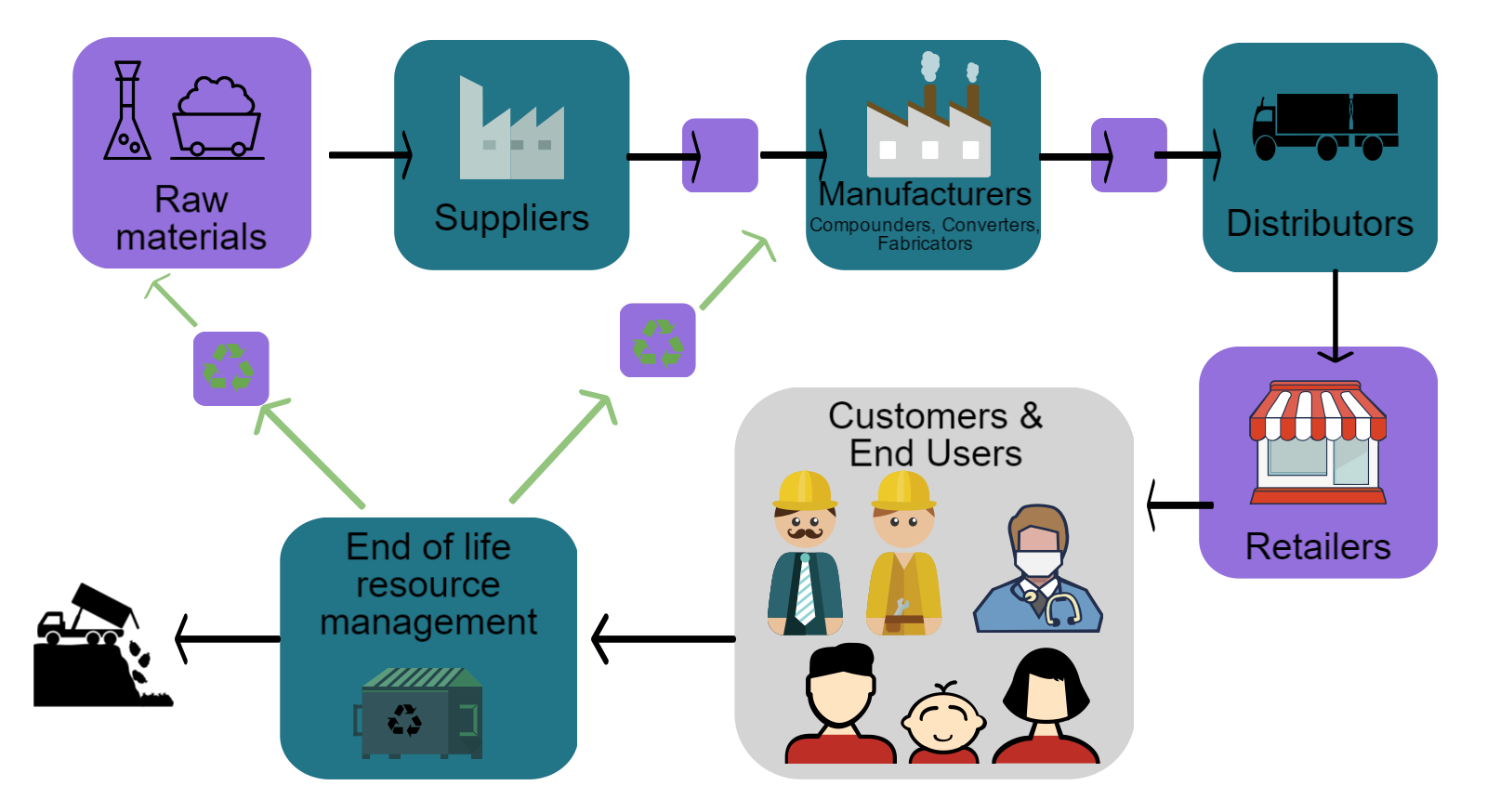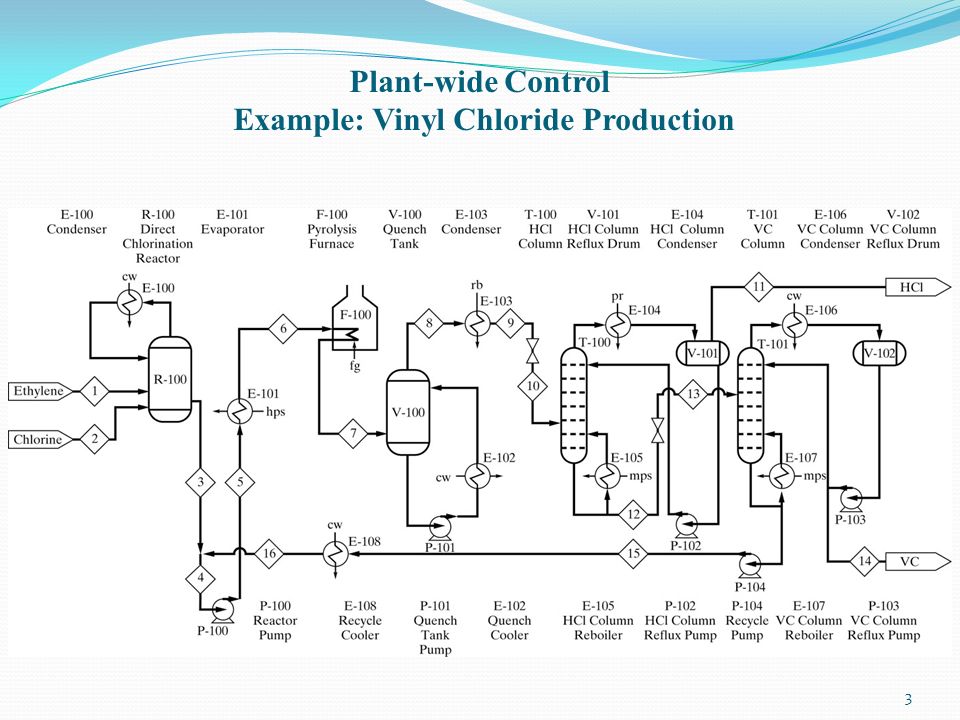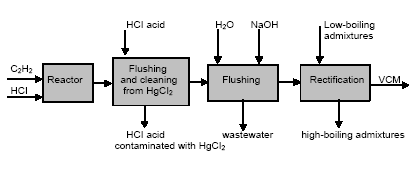Vinyl siding is plastic exterior siding for houses and small apartment buildings used for decoration and weatherproofing imitating wood clapboard board and batten or shakes and used instead of other materials such as aluminum or fiber cement siding it is an engineered product manufactured primarily from polyvinyl chloride pvc resin.
Vinyl chloride manufacturing process.
About 13 billion kilograms are produced annually.
The crude oil petroleum or natural gas is used to obtain ethylene.
Heavy ends oxy chlorination direct chlorination edc purification edc pyrolysis vcm purification hcl recycle air or o 2 ethylene cl 2 light ends.
This process is referred to as the balanced process.
Vinyl chloride is produced from ethylene in two step process.
The salt is used to obtain chlorine through a process called electrolytic disassociation of salt.
Vinyl chloride has been used in the past as an anaesthetic and as an aerosol spray propellant but its principle use has been to produce the polymer polyvinyl chloride pvc or vinyl.
Polyvinyl chloride or vinyl compound is chiefly made from two basic substances salt and crude oil.
Vinyl chloride is an organochloride with the formula h 2 c chcl that is also called vinyl chloride monomer vcm or chloroethene this colorless compound is an important industrial chemical chiefly used to produce the polymer polyvinyl chloride pvc.
The main polymerization methods include suspension emulsion and bulk mass methods.
Flow sheet of production of ethylene dichloride.
Alternatively watch our short video for an overview of the process and the manufacturing supply chain.
The process chosen for vinyl chloride production is a combination of two processes direct chlorination and oxychlorination.
In the uk and new zealand a similar material is known.
Step 1 producing ethylene dichloride c2h4cl2.
Pvc polyvinyl chloride manufacturing process of polyvinyl chloride pvc.
Manufacturing polyvinyl chloride pvc is a three step process described below.
Pvc is produced by polymerization of vinyl chloride monomer vcm.
Direct chlorination by itself is a process that operates at lower temperatures and produces fewer by products when compared to oxychlorination.
























